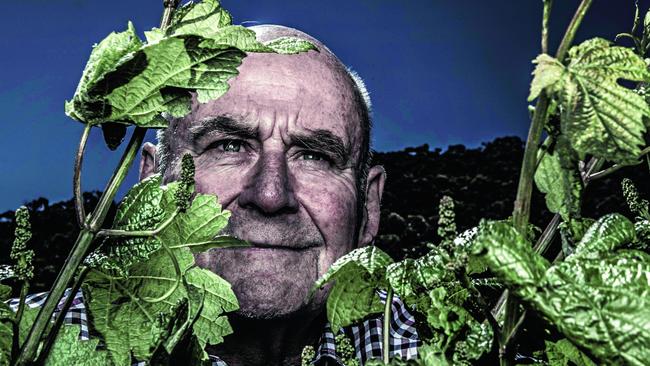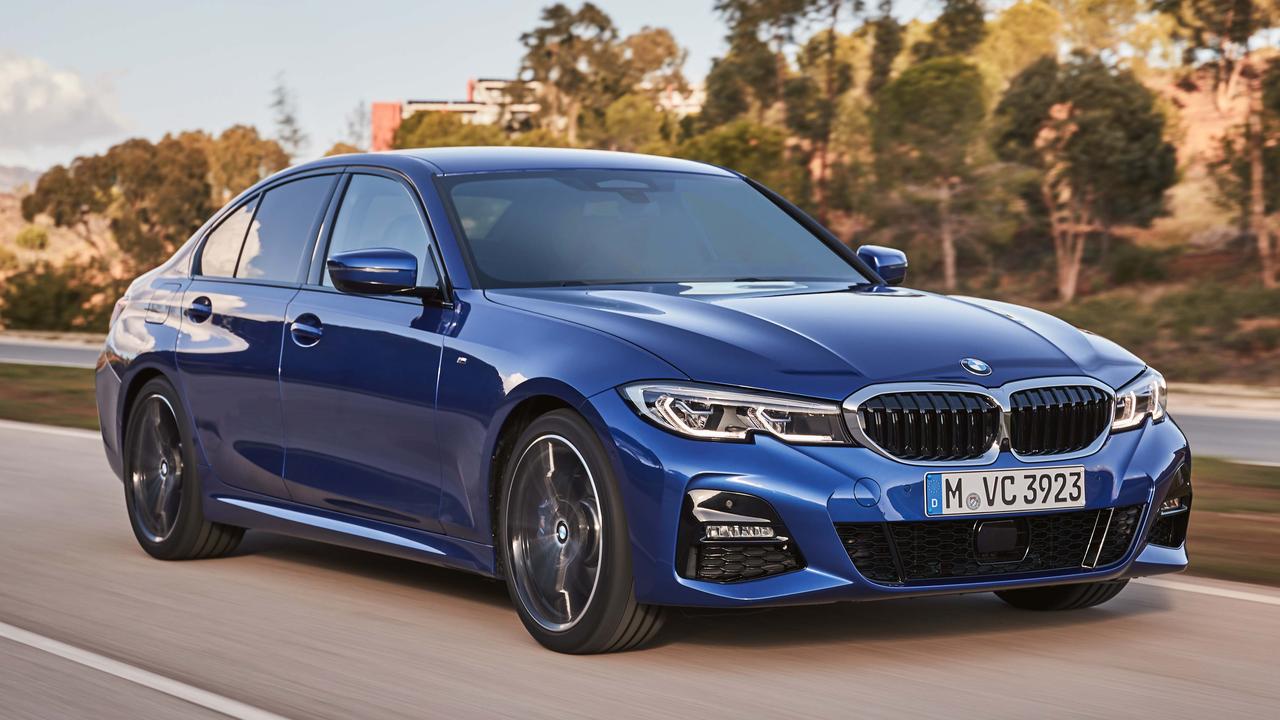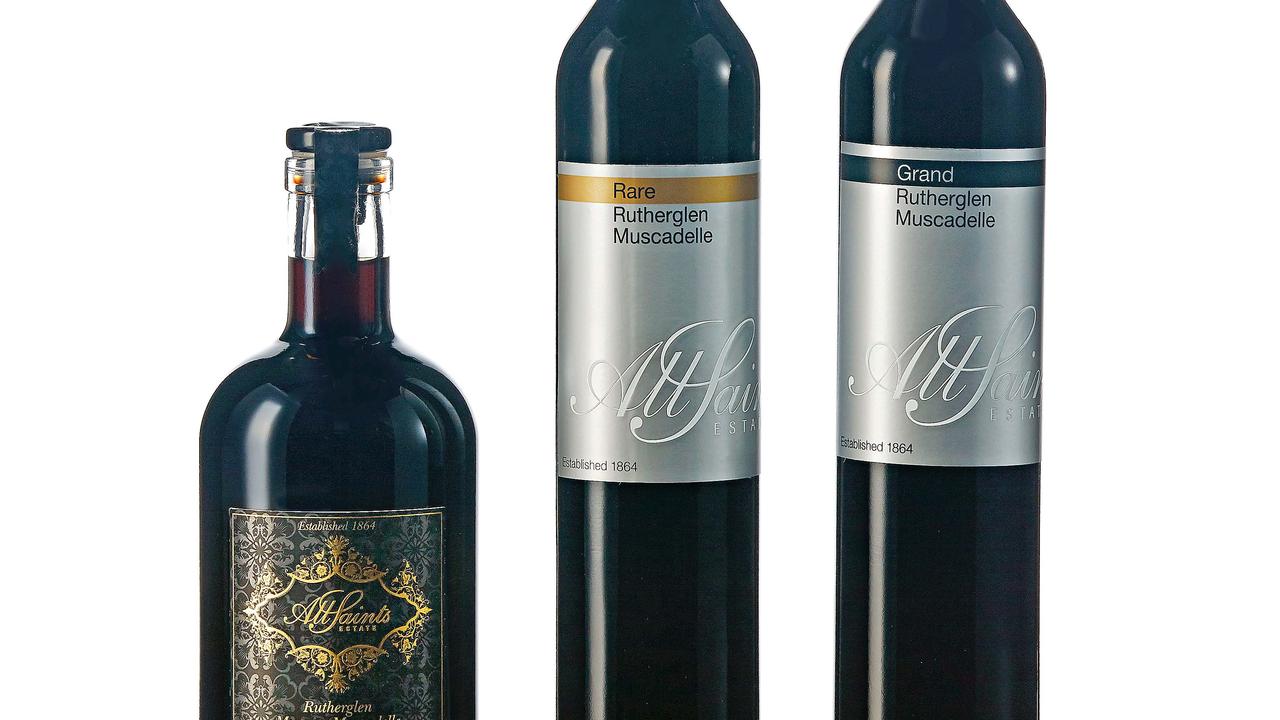James Halliday: a year of the ripe stuff
It’s been a big year for Australian wine. And the only way is up.

It’s been quite a year, with a frantic 2016 vintage in the eastern states that had all varieties ripening early and seemingly at the same time. But that was just one drama in 12 months of highs, including the reinvention of Casella Wines with major upmarket acquisitions and the doubling of Treasury Wine Estate’s share price as it sold mega amounts of its highest priced wines (read Penfolds) to China.
The market for wine in China has expanded exponentially. Australia has retained its 20 per cent market share (second only to France) during the extraordinary growth of the past five years, and while China remains a market with many unique pitfalls, it will only grow in importance over the next few years.
The backdrop to the year was the moral panic of climate change and its pollutant-in-chief, CO2. Let me simply point out that the 2012 to 2015 vintages were, with only the odd regional exception, rated as good to very good by vignerons across Australia, and that 2016 will be in the same bracket. (The last cool, wet and poor vintage was 2011.)
So, where to for the next 12 months? And for the remainder of this decade? Well, we will be improving the quality of our best wines and saving money while doing so. The magic pudding is the vineyard, where sophisticated machines (not self-driving yet, but why not?) are picking and sorting grapes – berry by berry – better and faster than the most dedicated hand-picker. Then there’s the newly designed equipment that will reintroduce cane pruning for less than that of mechanised spur pruning. Such technology means significantly better grapes will arrive in the winery at vintage time, with major savings in cost.
And so to the Top 100. The record number of wines entered this year increased my hand-wringing as I sought to make choices between wines of near-identical entitlement. Not that this problem is entirely new: last year’s clamour of red wines over $20 led to this year’s change to a $25 barrier in an attempt to even up the starting numbers for each group. The same change will need to be made for white wines next year.
The selection process may seem to lack transparency or consistency, but it’s a long journey that takes into account value for money as a starting point. It’s not just the points (as it is in a wine show); the price is very nearly as important. Then there is the need to balance the number of wines in the varietal group: shiraz and chardonnay respectively could provide enough selections for the total of 80 wines in the table wine quadrant if I didn’t intervene.
But it doesn’t stop there. Rosés and pinot noirs under $25 more often than not don’t put pressure on the scoreboard. This year they did; moreover, the three pinots were $20 or $16. These, and the four pinots in the over $25 segment, point to the happy place pinot noir is in. Greater vine age, better management of canopies, automated bunch and berry selection and improved fermentation methods and oak use are all factors in the ongoing improvement in pinot noir quality.
Five of the seven shirazes under $25 were from cool regions, leaving one from each of the Barossa Valley and McLaren Vale to defend the traditional warm areas. This situation was reversed in the over $25s (seven to three).
The link between region and variety continued with the cabernets and cabernet blends, Margaret River providing six of the 10 wines, the Great Southern region of Western Australia yielding three selections – and the sole contributor from the eastern states, Victoria’s Yarra Valley, preventing a West Australian clean sweep.
It will be obvious that there is no handicap system in place when it comes to the choice of regions. One feature of Australian wine not understood by European observers is that there is a strong correlation between variety and place. Since I am selecting on quality and value for money/price, it means that regions stand or fall on their own merits.
So it is that the white wines follow a similar path to that of the reds, but in so doing challenge the primacy of the Clare and Eden valleys by rieslings from much cooler regions. Only one of the five over-$20 rieslings came from the Clare Valley (Grosset), although the under-$20 group restored some semblance of order with three of the four coming from Clare/Eden.
Semillon was a lay-down misere, with a 100 per cent strike rate to the Hunter Valley; on the other side of the continent, Margaret River shred the opposing semillon sauvignon blanc blends in the usual fashion. Adelaide Hills got its nose in with the inevitable Mike Press and Shaw + Smith sauvignon blancs.
With chardonnay, always a tight contest between the Yarra Valley and Margaret River, it was time for the former to gracefully admit defeat, three to six. Chardonnay is generally accepted as the most exciting place to be. We are picking grapes at the right time, ensuring a good level of natural acidity and not excess alcohol, using malolactic fermentation sparingly, using less new oak and moving to larger format barrels. It’s all working a charm.
Finally, alternative varieties: in the Top 100 there’s a McLaren Vale grenache mataro graciano and four interesting white varietals: marsanne, verdelho, pinot gris and fiano.


